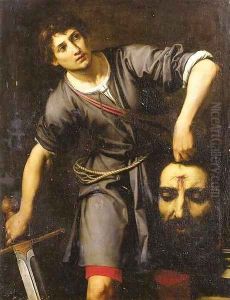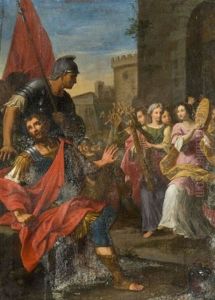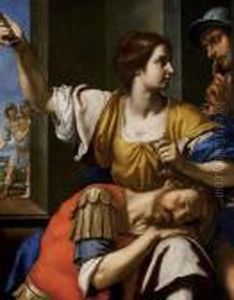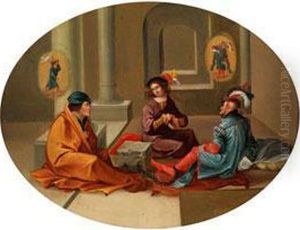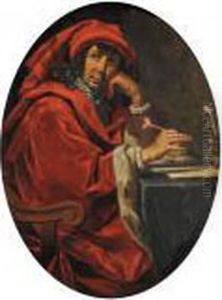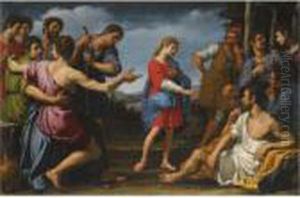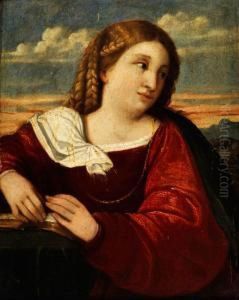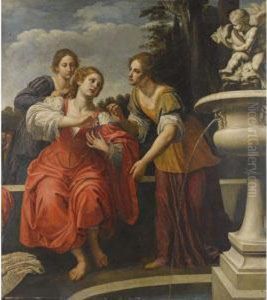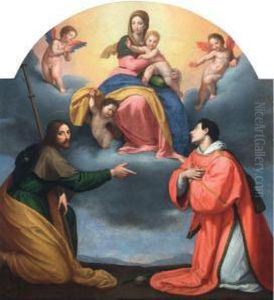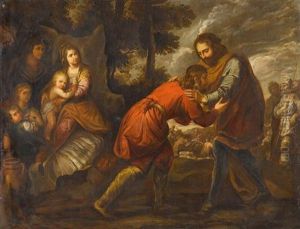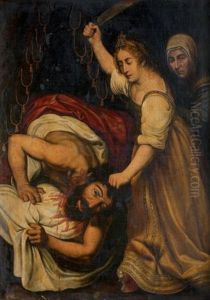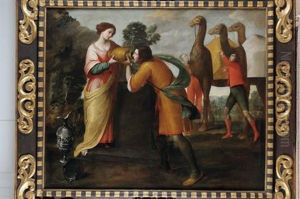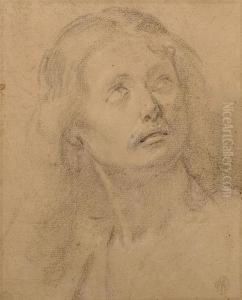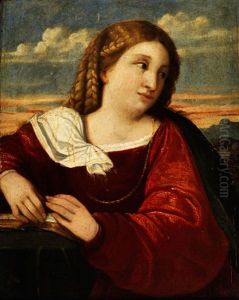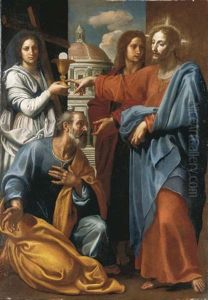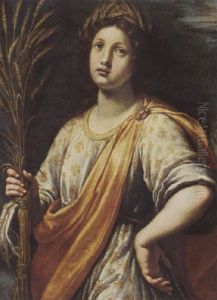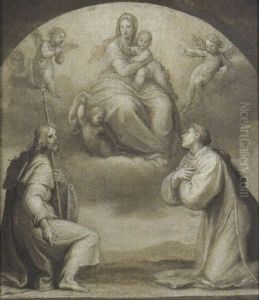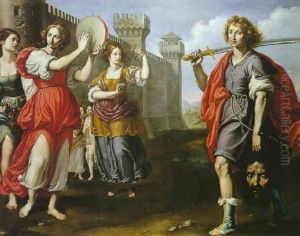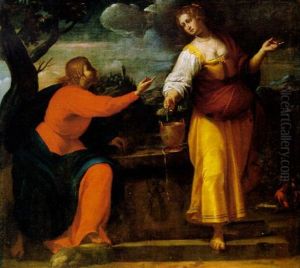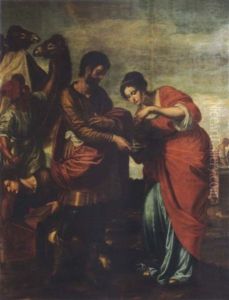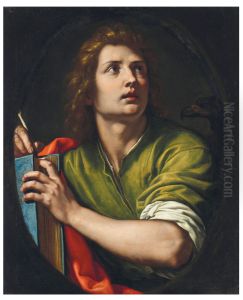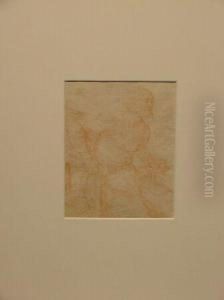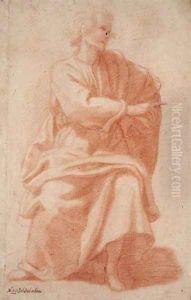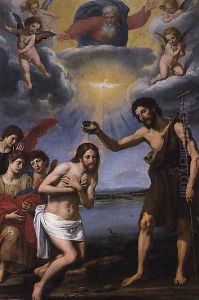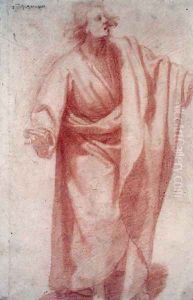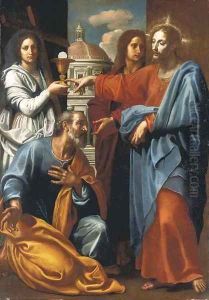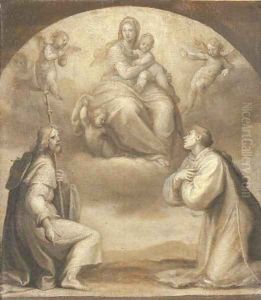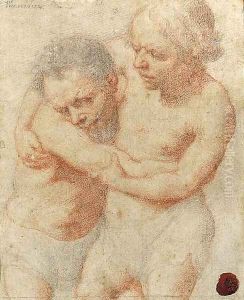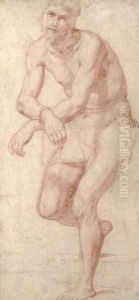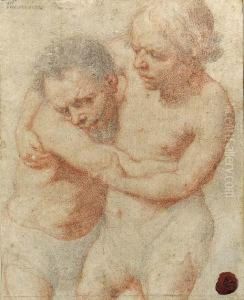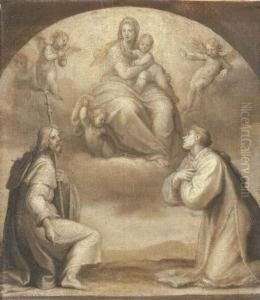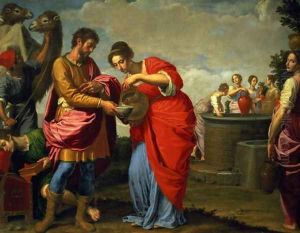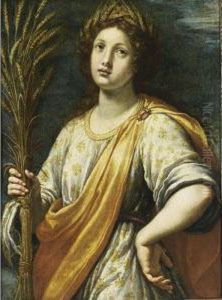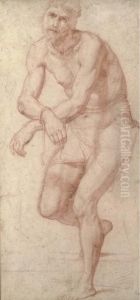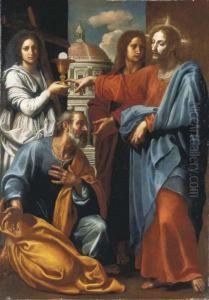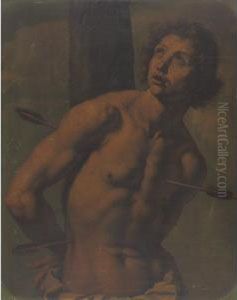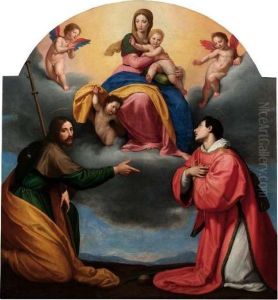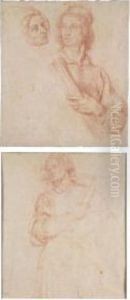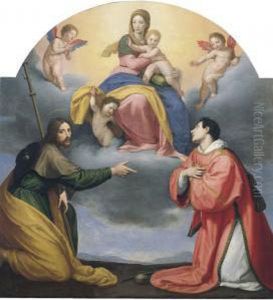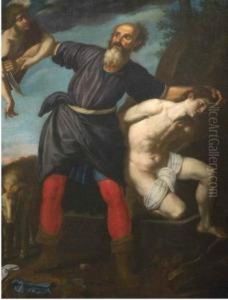Ottavio Vannini Paintings
Ottavio Vannini was an Italian Baroque painter of the early Seicento, active mainly in Florence. Born in 1585 in Florence, he was a contemporary of other prominent Italian artists such as Caravaggio and Artemisia Gentileschi. Vannini was known for his religious and mythological scenes which often featured a dramatic use of light and shadow, a technique known as chiaroscuro, which was popular among Baroque artists and was strongly influenced by Caravaggio's work.
Vannini trained under Cristofano Allori, a renowned Florentine painter. His style evolved from the Mannerist tradition, which was prevalent during his formative years, to the more dynamic and emotionally charged approach that characterizes the Baroque period. He became a respected figure in Florence's artistic circles and received commissions from prominent institutions and individuals, including the Medici family.
Among Vannini's notable works are 'The Sacrifice of Isaac,' which showcases his ability to depict emotion and movement, and 'St. Thomas Aquinas in Prayer.' His paintings are characterized by their vivid detail, refined compositions, and the expressive intensity of the figures depicted.
During his career, Vannini also collaborated with other artists, contributing to larger projects that were common in church and palace decorations of the time. His works can be found in various churches and museums in Italy, and they continue to be studied for their contribution to the development of Baroque painting in Florence.
Vannini's legacy as an artist lies in his skillful adaptation of the Baroque style to create deeply emotional and visually compelling works. He passed away in Florence in 1643, leaving behind a body of work that reflects both the artistic trends of his time and his own unique artistic vision.
